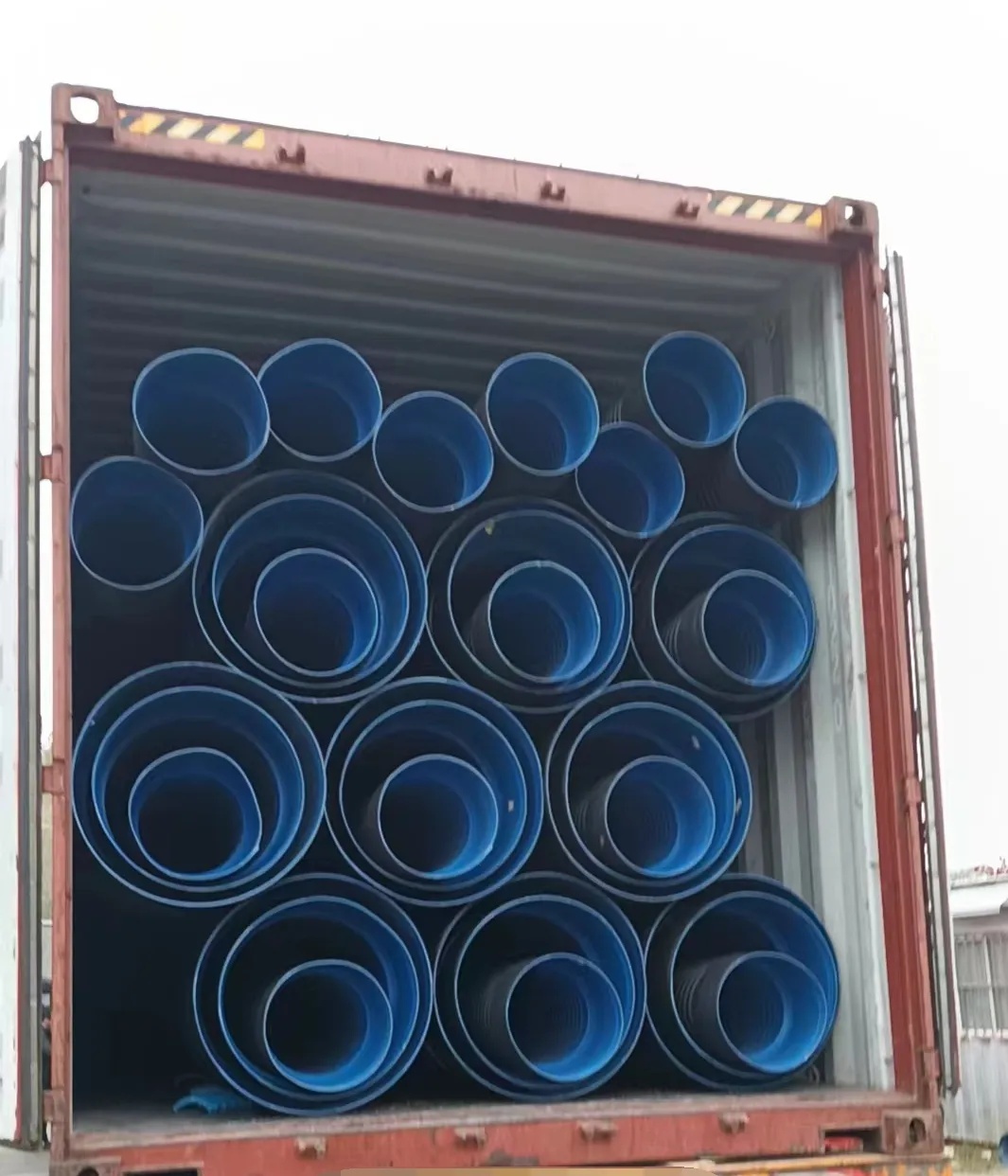Sep . 28, 2024 17:46 Back to list
HDPE Water Supply Pipe Specifications for China Market Analysis and Standards
Specifications for HDPE Pipe for Water Supply in China
High-Density Polyethylene (HDPE) pipes have become a preferred choice for water supply systems in China due to their numerous advantages, including durability, corrosion resistance, and flexibility. The growing demand for efficient water supply infrastructure necessitates an understanding of the specifications governing the use of HDPE pipes. This article provides an overview of key specifications for HDPE pipes specifically designed for water supply applications in China.
Material Properties
HDPE is a thermoplastic polymer characterized by its high strength-to-density ratio. The pipes are manufactured from virgin HDPE resin that complies with relevant national and international standards, such as GB/T 13663 and ISO 4427. These materials possess excellent resistance to chemicals and environmental stress, making them ideal for transporting potable water. Furthermore, HDPE pipes are resistant to impact and can withstand harsh weather conditions, which is essential for outdoor applications.
Pipe Dimensions and Standards
According to the Chinese national standards, HDPE pipes for water supply come in various diameters, typically ranging from 20 mm to 1200 mm. The wall thickness of the pipes is determined by the pipe's nominal diameter and the required pressure rating, which can be classified into different Pressure Rating Classes (PN) such as PN 4, PN 6, PN 8, PN 10, and PN 16, indicating their capability to withstand internal pressure.
The standard dimensions are defined in accordance with the China National Standard (GB) specifications, ensuring compatibility and uniformity across the pipe manufacturing sector. The SDR (Standard Dimension Ratio) is also a critical parameter, calculated as the ratio of the pipe's outer diameter to its wall thickness. Typical SDR values for HDPE pipes used in water supply applications range from 11 to 17.
Performance Characteristics
china hdpe pipe for water supply specifications

One of the primary advantages of HDPE pipes is their excellent hydraulic performance. The smooth inner surface of HDPE minimizes friction losses, allowing for efficient water flow. The pipes exhibit minimal water absorption and do not support microbiological growth, making them particularly suitable for potable water distribution systems.
Additionally, HDPE pipes have a high resistance to UV light and do not degrade under sunlight. This makes them convenient for both underground and above-ground installations. They are also lightweight, facilitating easy handling and installation, which reduces overall labor costs.
Jointing Methods
HDPE pipes can be joined using several methods, including butt fusion, electro-fusion, and mechanical joints. Butt fusion is the most common method, wherein the ends of the pipes are heated and pressed together to form a strong, seamless joint. Electro-fusion involves the use of fittings equipped with electric heating elements that melt the surfaces of the pipes and fittings to create a reliable bond. Mechanical jointing involves the use of fittings and bolts, allowing for a quicker installation process, especially in environments where fusion welding cannot be performed.
Environmental Considerations
The increasing emphasis on environmental sustainability in China has led to a rise in the use of HDPE pipes due to their environmentally friendly properties. HDPE is recyclable and can be reused in various applications, contributing to reduced waste. Furthermore, the absence of toxic substances in HDPE production aligns with the global movement towards eco-friendly materials.
Conclusion
In conclusion, HDPE pipes represent a significant advancement in water supply infrastructure in China. Their specification guidelines encompass a range of factors, including material properties, dimensions, performance characteristics, joining techniques, and environmental considerations. As urbanization and industrialization continue to grow, understanding HDPE pipe specifications will be crucial in ensuring the safety and efficiency of water supply systems. With ongoing innovations and enhancements in HDPE technology, these pipes are set to play a pivotal role in the future of water management across the nation.
-
High-Quality PVC Borehole Pipes Durable & Versatile Pipe Solutions
NewsJul.08,2025
-
High-Quality PVC Perforated Pipes for Efficient Drainage Leading Manufacturers & Factories
NewsJul.08,2025
-
High-Quality PVC Borehole Pipes Durable Pipe Solutions by Leading Manufacturer
NewsJul.08,2025
-
High-Quality PVC Borehole Pipes Reliable PVC Pipe Manufacturer Solutions
NewsJul.07,2025
-
High-Quality UPVC Drain Pipes Durable HDPE & Drain Pipe Solutions
NewsJul.07,2025
-
High-Quality Conduit Pipes & HDPE Conduit Fittings Manufacturer Reliable Factory Supply
NewsJul.06,2025

